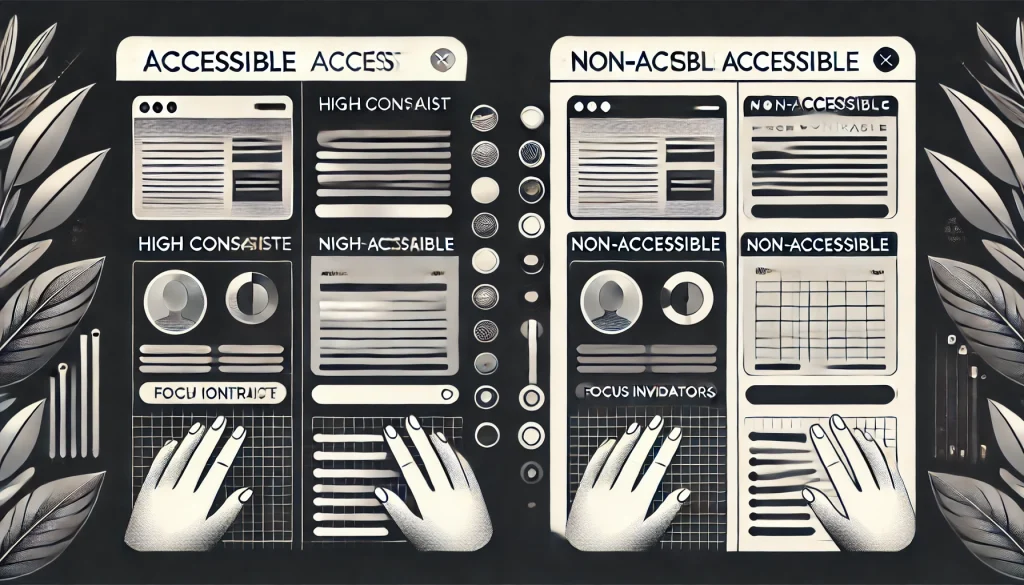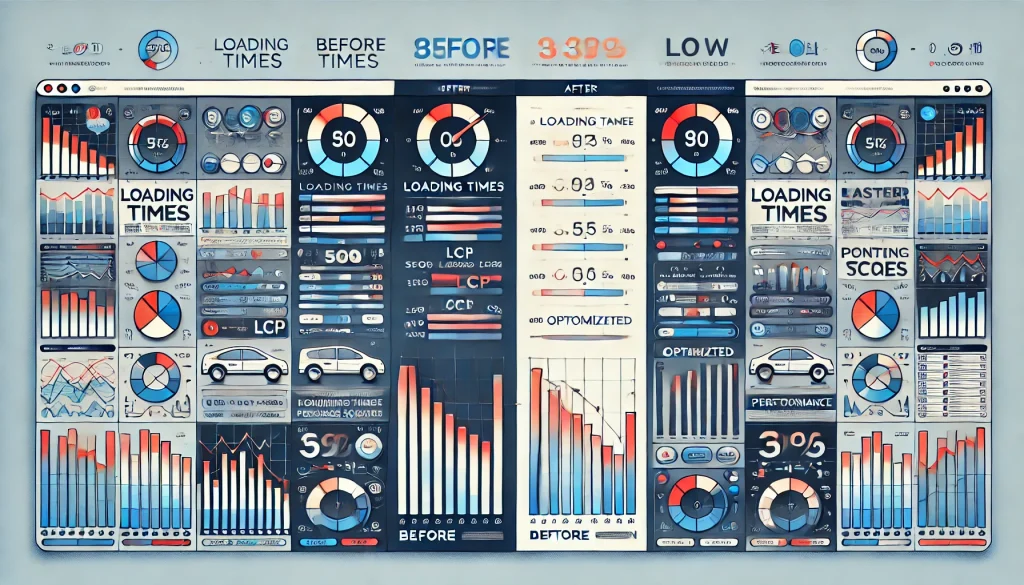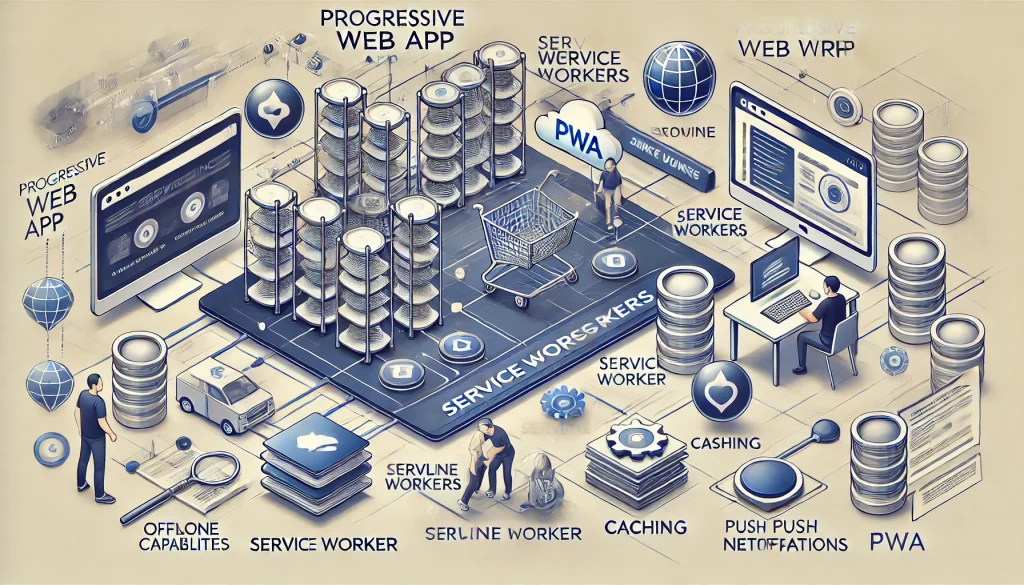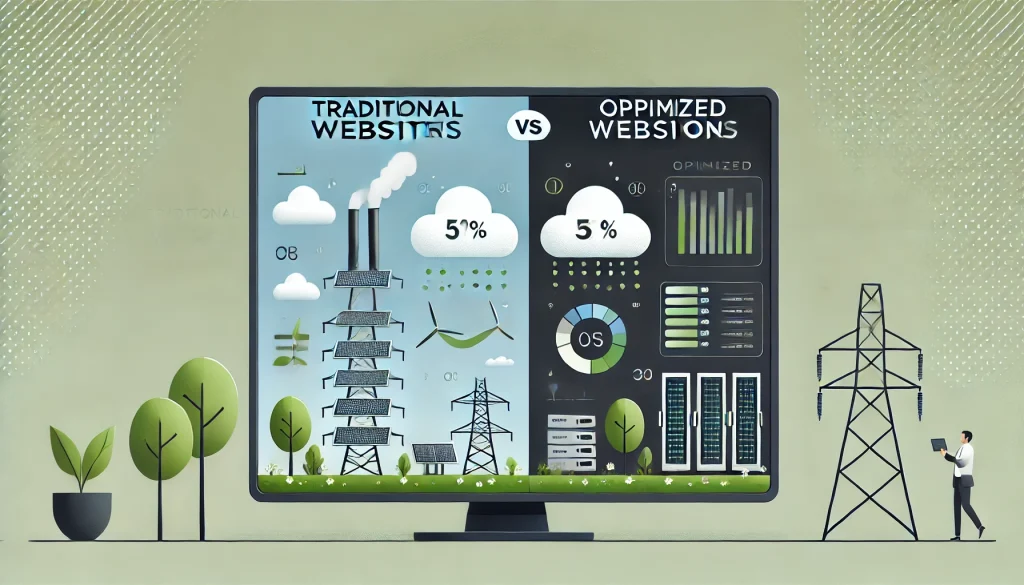Introduction
The web design and development landscape has seen tremendous advancements in recent years. As businesses and individuals increasingly rely on digital platforms, the demand for high-quality, accessible, and responsive websites has never been higher. In 2024, the latest standards are reshaping how developers and designers approach their projects, ensuring that websites not only look great but also perform optimally across all devices and platforms.
In this comprehensive article, we’ll delve into the cutting-edge web design and development standards that are defining the industry this year. Whether you’re a seasoned developer or just starting, understanding these standards will keep your skills sharp and your projects ahead of the curve.
1. Responsive Design: Beyond Mobile-First
Responsive design has been a standard for years, but in 2024, it’s not just about mobile-first—it’s about user-first. The emphasis has shifted towards creating seamless experiences across an even broader range of devices, from smartwatches to 8K TVs. The key is fluid grids, flexible images, and media queries that adapt to any screen size.

Learn more about the principles of user-first design.
2. Web Accessibility: Inclusive Design as a Necessity
Web accessibility is no longer a luxury; it’s a necessity. With over 15% of the world’s population experiencing some form of disability, ensuring that your website is accessible to everyone is crucial. The latest standards emphasize WCAG 2.2 compliance, which includes updates like focus visible, pointer target spacing, and better text alternatives.
Developers should incorporate ARIA landmarks, use semantic HTML, and ensure keyboard navigation works flawlessly. These practices not only improve accessibility but also enhance overall user experience, leading to better SEO and broader reach.

Discover the importance of web accessibility in modern design.
3. Performance Optimization: Speed as a Competitive Edge
In 2024, performance optimization is more critical than ever. With Google’s Core Web Vitals becoming a major ranking factor, developers must focus on reducing First Contentful Paint (FCP), Largest Contentful Paint (LCP), and Cumulative Layout Shift (CLS). This involves techniques such as lazy loading, code splitting, and image optimization.
Adopting modern frameworks like Next.js or Svelte can also significantly enhance performance by reducing unnecessary JavaScript and providing server-side rendering (SSR).

Check out our in-depth guide to performance optimization.
4. Progressive Web Apps (PWAs): The Future of Web Development
Progressive Web Apps (PWAs) continue to gain traction as they offer the best of both web and mobile apps. In 2024, the focus is on enhancing PWA capabilities with advanced service workers, WebAssembly, and Push Notifications API. PWAs provide an app-like experience, complete with offline access, but without the need for app store distribution.
This approach not only reduces development costs but also ensures that users always have the latest version of your app without manual updates.

Explore our article on building robust Progressive Web Apps.
5. Security: Protecting User Data in a Digital-First World
With cyber threats on the rise, web security standards are more stringent than ever. In 2024, developers must prioritize HTTPS, Content Security Policy (CSP), and Subresource Integrity (SRI). Additionally, two-factor authentication (2FA) and OAuth 2.0 are becoming essential for safeguarding user data.
It’s also vital to stay updated on the latest security patches and vulnerabilities in third-party libraries. Regular penetration testing and security audits should be part of your development cycle to ensure the highest level of protection..

Learn more about securing your website from modern threats.
6. AI and Automation: Streamlining Web Development
Artificial Intelligence (AI) and automation tools are revolutionizing web development. In 2024, AI-driven design tools can generate layouts, suggest color schemes, and even write code snippets. Automation tools like CI/CD pipelines and automated testing streamline development processes, reducing errors and improving efficiency.
These technologies are not just for large enterprises; even small teams can leverage AI and automation to enhance productivity and deliver high-quality products faster..

Dive into how AI is transforming web development.
7. Sustainability: Building a Greener Web
Sustainability is becoming a key consideration in web design and development. In 2024, there’s a growing focus on reducing carbon footprints by optimizing websites for lower energy consumption. Techniques include minimizing HTTP requests, optimizing server performance, and choosing green hosting providers.
This trend not only benefits the environment but also appeals to eco-conscious users and can even improve site performance.

Read about sustainable practices in web development.
Conclusion
Staying updated with the latest web design and development standards is crucial for delivering top-notch websites that meet user expectations and industry requirements. By embracing responsive design, prioritizing accessibility, optimizing performance, and leveraging modern technologies like PWAs and AI, developers can create digital experiences that stand out in 2024 and beyond.
For more insights and in-depth articles on web development, visit our blog at Guru Internet Services.


